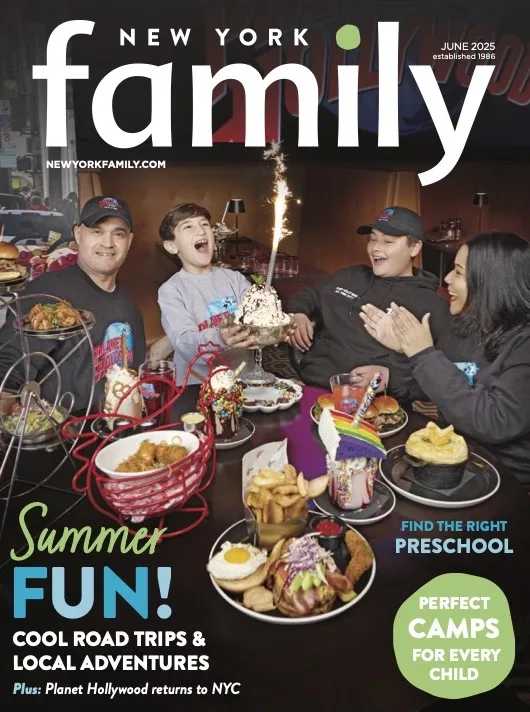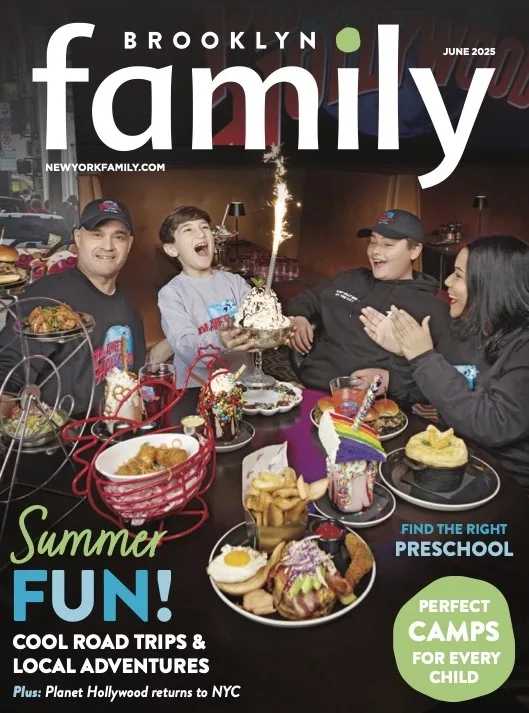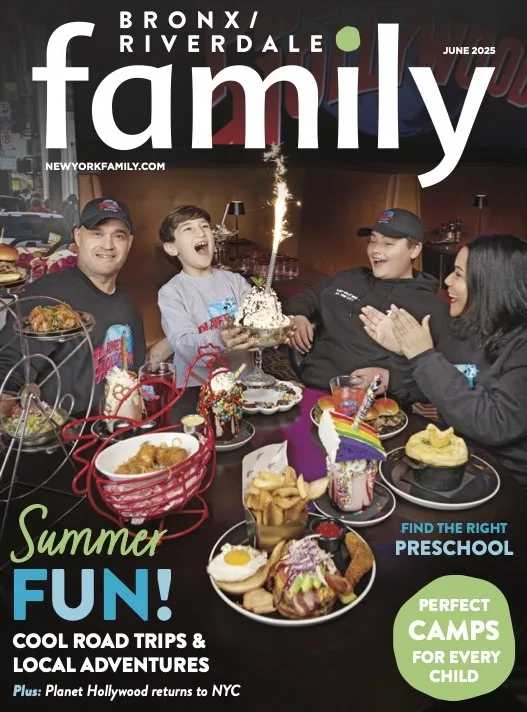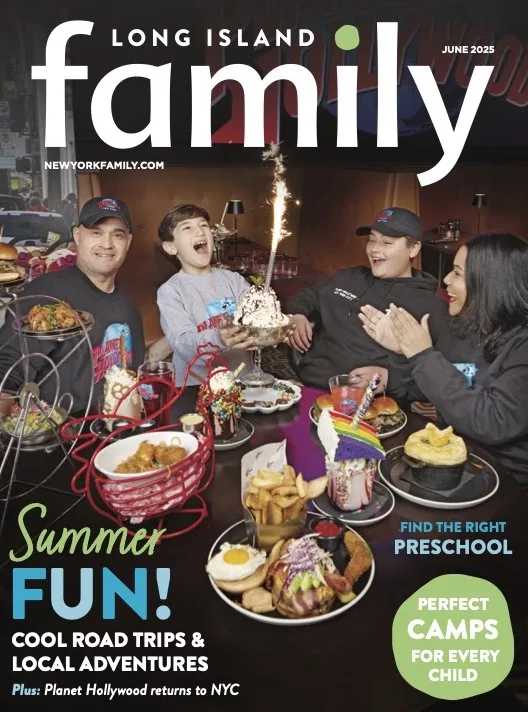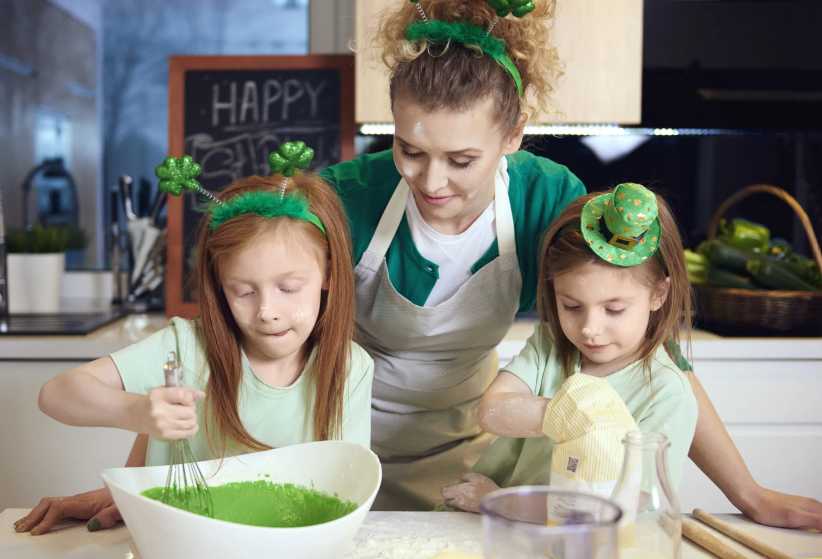Would you like to encourage a healthier diet for your kids? Create a more pleasant dinner time experience for them. A positive atmosphere not only makes mealtime more enjoyable for everyone around the table, it leads to young children eating more veggies, fruits, and other healthful foods.
A recent research study backs this up: last year, University of Illinois researchers found mealtimes where family members are engaging and enjoying themselves are more conducive to preschool kids approaching and consuming more nourishing foods.
The study found that happy preschool diners ate, on average, one serving more of fruit, veggie, or soy protein product compared to those children having a less pleasant dining experience. These healthful eating behaviors generally continue into later childhood and beyond.
Value of the family table
The benefits of the family meal are well established. Improved school performance and long-term physical and mental health benefits are among them. Try to eat together as a family as often as possible, even if the family is only two. Encourage pleasant conversation, with phones and other screens securely tucked away. Avoid scolding, nagging, or arguing at the table.
For school-age children or teens, ask open-ended questions about their school day or discuss current events such as sports. For preschoolers or toddlers, discuss age-appropriate topics. Reward your child with attention, affection, and smiles. Talk time at the table enhances language development and school performance for any age.
Another way to keep family mealtime positive is to allow enough time and not eat in a rush.
Of course, be a good role model for your child. Take the time to sit down to eat. Enjoy a variety of nourishing foods. Acknowledge “thanks” prior to the meal.
Is your child making less than stellar food choices today? Don’t worry much about it. Consider what he or she eats over a longer period of time. It’s what children eat over several days that counts, not what’s eaten for one meal or in one day. It’s all right if your child occasionally skips some nourishing foods or even doesn’t eat a full meal.
A colleague of mine relates a story of her own experiences. When her son was young, he ate from sectioned plates. The mom would include a small piece of chocolate or a small cookie on his plate along with the protein, grain, vegetable, and glass of milk. Sometimes, the small boy would choose to eat the treat first! The mother kept quiet. And the boy went on to eat everything else, too. Other times, he would save the treat for the end of the meal.
He learned this lesson: “Mom is letting me have this dessert whenever I want it. It’s no big deal.” He generally made balanced choices at this tender age and continued to do so as he matured.
Here are some more tips for a smoother mealtime:
• Kids usually eat better when they feel in control of their food choices.
• Eat at roughly the same time in the same room, every night. Kids thrive on routine.
• Give the kids jobs. Children as young as age 2 can help set the table. Older ones can help with simple preparation tasks, pour beverages, and clear the table.
• Encourage — but don’t force — trying unfamiliar foods. If the child says he doesn’t like it after trying it several times, don’t push it. Wait a few weeks (or months), then try again.
• If your child refuses a vegetable, double up on the fruit.
• Adults can try breathing techniques to help them keep their emotions in check.
Childhood is a time to establish patterns of healthy eating that lead to lifelong health and wellness. Raising healthy eaters can begin with a positive atmosphere at the table.
Christine Palumbo is a Naperville-registered dietitian nutritionist and Fellow of the American Academy of Nutrition and Dietetics. Follow her on Twitter @PalumboRD and Facebook at Christine Palumbo Nutrition.

